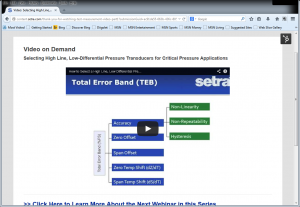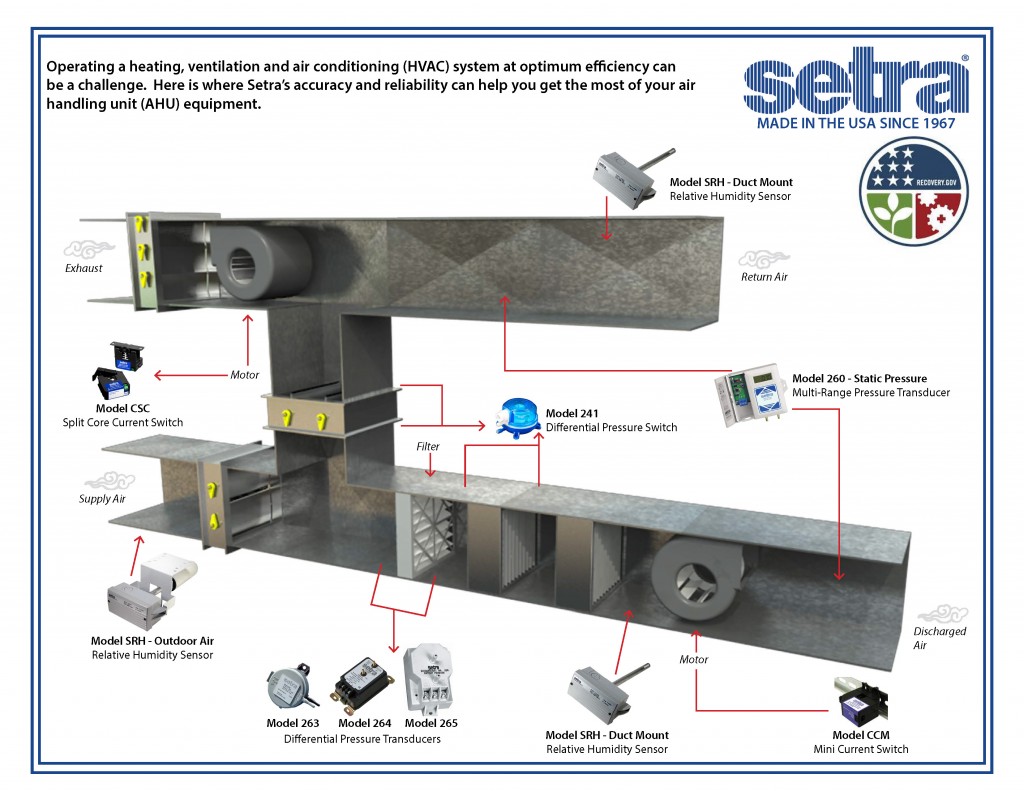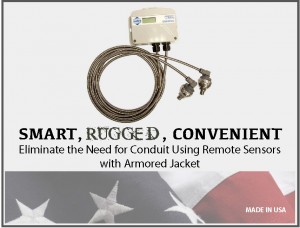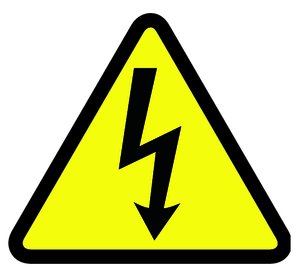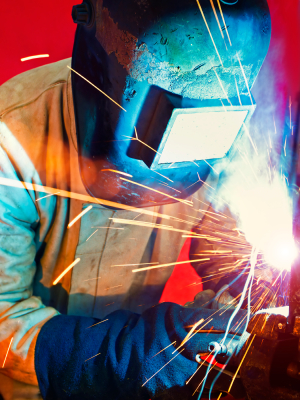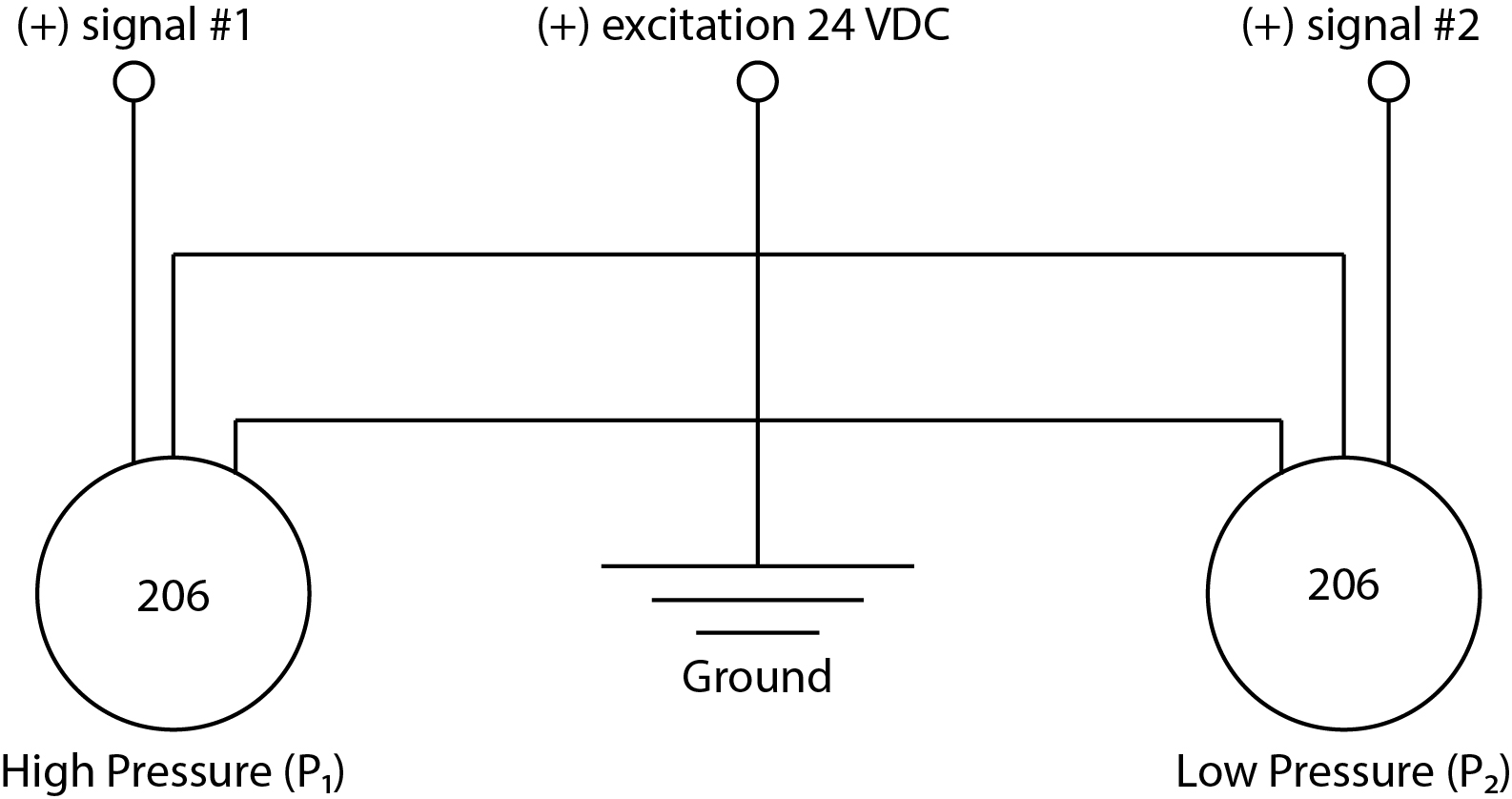Have you ever wondered why AC units can't produce consistent airflow? Or even what's the root of system inefficiencies? One of the main causes is that a monitoring solution isn't in place or isn't working properly.
Setra Blog
With different equipment comes different air pressure testing techniques for measurement. But are you sure if your procedures up to date? This article breaks down specifically what methods need to be implemented for different scenarios. These new steps in calculating
Your HVAC system is typically the largest consumer of energy in your building and also one of your most “high profile”. When your HVAC system malfunctions the facility manager and building owners quickly hear about it from the people in the building. Whether it is in a hospital, school, or office building; when people are uncomfortable they complain about it.
Setra's educational webinars and videos on demand provide helpful information on applications, industry best practices and more. These webinars and videos are just a few of Setra's readily available resources for technical info.
The sensing and measurement of physical quantities through small changes in electrical capacitance is scarcely a new concept. The natural benefits of this approach were recognized for many years. But it was not until Setra engineers introduced new materials, new designs, and innovative, dedicated circuitry that the techniques full potential was realized in the practical, real world of pressure measurement.
HVAC controls are built around a number of parameters that affect a building’s interior environment; temperature, humidity, air intake, and air exhaust. Reliable inputs are critical to effective control. Setra provides robust, accurate sensors to help you control your air handling equipment with ease, efficiency, and dependability.
COMING SOON
231RS Wet-to-Wet, Differential, Multi-Configurable Pressure Transducer with Armored Jacket
The Model 231RS wet-to-wet differential pressure transducer with remote sensors reduces labor, materials, and time. The differential pressure sensors are installed directly into the pipe and electrical connection is made between the remote sensors and the Model 231RS via cables or conduit, reducing labor cost by one-third and the cost of copper to connect the pressure transducer to the pipe.
Shock & vibration are two potential mechanical problems for pressure transducers.
Shock is a sudden, unexpected impact that transmits energy to a device in a relatively short time interval. For a pressure transducer, that energy passes through the stainless steel up through the housing. Shock may originate from rough transportation and handling, such as by trucks, forklifts and conveyors. Alternately, shock can be caused simply by dropping the transducer on the shop floor or by an assembler slamming a cabinet door adjacent to it. A transducer may not be damaged by a single shock, but can experience fatigue failure with numerous low-level shocks over the course of its life.
Excessively high temperatures are a common source of pressure transducer difficulties.
Like most other electronic equipment, pressure transducers are effected by temperature, shock and vibrations. They consist of numerous components that only function within specified temperature ranges. Transducers exposed to temperatures exceeding those ranges during the assembly process can be adversely affected.
For high line pressure, high differential pressure applications
The pressure difference across an orifice plate, filter, pump, valve, etc. can be sensed with two pressure transducers such as the Model 206. One transducer measures the high side pressure (P1) while the other measure the low side pressure (P2). Pressure media can be any liquid or gas compatible with 17-4 pH stainless steel.
Subscribe to Our Blog!
Topics
- Critical Environments (182)
- HVAC/R (179)
- General Industrial (153)
- Building Automation (134)
- General Industrial OEM (92)
- Energy Management (85)
- Test and Measurement (66)
- HVAC/R OEM (58)
- Barometric (44)
- Alternative Fuels (42)
- Medical (40)
- Process/Mfg Tank Level (40)
- Water and Wastewater (39)
- OHV (38)
- Oil and Gas (35)
- Industrial Vacuum (29)
- Calibration (25)
- Semiconductor (25)
- Particle Counting (20)
- Cleanroom Monitoring (17)
- Room Pressure Monitoring (16)
- Trade Show (12)
- cleanroom environment (12)
- Scales (11)
- Environmental Monitoring (10)
- Power Monitoring (10)
- Healthcare (9)
- Power Meters (9)
- Software (9)
- cleanroom monitoring systems (9)
- Case Study (8)
- critical environment technologies (8)
- data centers (8)
- Humidity (7)
- particle counter (6)
- pressure transducers (6)
- LITE room pressure monitor (5)
- hardware and software cleanroom monitoring systems (5)
- setra lite (5)
- Compliance (3)
- Video (3)
- hospital spaces (3)
- FAQ & Troubleshooting (2)
- Monitoring Compounding Pharmacies (2)
- Semiconductor Manufacturing (2)
- agencies that monitor pharmacies (2)
- energy (2)
- hvac (2)
- laboratories (2)
- monitor compound pharmacy (2)
- protected environment (2)
- regulatory compliance (2)
- setra lite features (2)
- usp 797 (2)
- Current Sensors and Transducers (1)
- Current Transformers (1)
- Lithium-Ion Battery (1)
- Pressure (1)
- aerospace cleanrooms (1)
- cems (1)
- digital transformation (1)
- ipv6 multicast (1)
- ipv6 multicast address (1)
- ipv6 multicast address range (1)
- isolation room pressure monitoring (1)
- multicast address ipv6 (1)
- multicast ipv6 (1)
- operating room (1)
- pharma 4.0 (1)
- pressure sensor (1)
- pressure transducer companies (1)
- semi conductor (1)
- sensors and transducers (1)
- setra pressure transducers (1)
- submetering (1)
- sustainability (1)
- temperature monitor (1)
- temperature monitoring for pharmacies (1)
- transducers (1)
- usp 800 (1)
- water (1)
- what does hvac stand for (1)
- what is a transducer (1)
- what is hvac (1)



